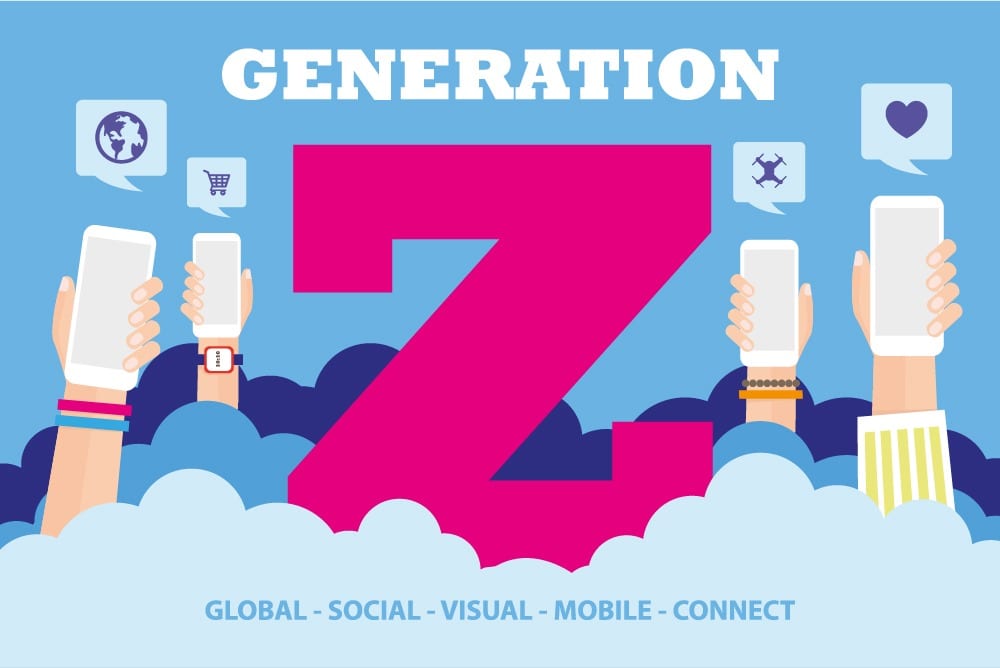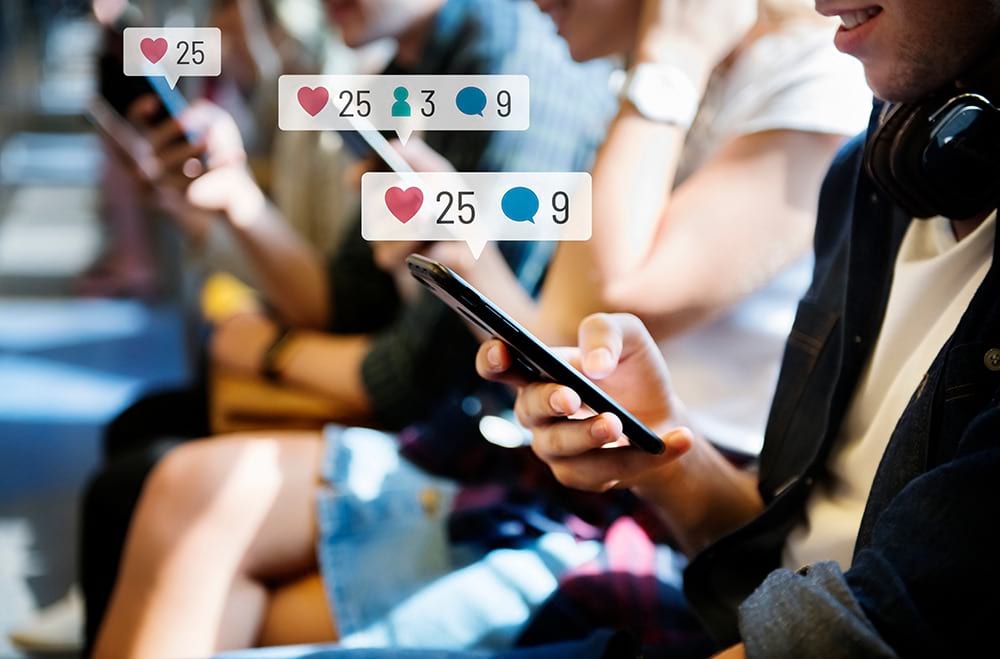Understanding Gen Z in a Multicultural World

Gen Z is the term used to describe the demographic born between 1995 and 2010, and represents a population which brands have focused on tremendously in recent times.
In the US, Gen Zers already outnumber millennials (61 million vs. 60 million) and dispose of a wild $44 billion in buying power, according to the National Retail Federation.
In China, Gen Zers are the product of the single-child policy. Instead of the term Gen Z, the generations are grouped by post 90 (90后) and post 00 (00后). Today, there are 230 million post 90s and 146 million post 00s.

What most of you may not know is that Gen Zers display very different consumer behaviours and ecommerce preferences from one country to another.
So here are 5 key points on these consumers that your brand can’t afford to ignore:
1. Gen Zers are Mobile Natives
Focusing on your mobile site and app is probably more important than your ecommerce website when selling to Gen Z customers. The Gen Zer is not only a digital native, but a mobile native. Your brand’s digital strategy should be mobile first, and your UX and UI design must focus around mobile experience for Gen Z customers. This is even more important in China, where 98% of the country’s 800 million internet users are using mobile!

2. Brick and Mortar Matters
If you think that Gen Zers only like to stare at screens, think again. Even though Gen Zers were born in the digital age, they crave an in-person experience. In fact, 80% of purchases made by Gen Zers are influenced by social media—particularly Instagram. In addition, Gen Z consumers still love buying beauty products in-store. 76% of Gen Z shoppers believe physical stores provide a better shopping experience, even if they learn about the brands and products on social media before their store visits. In short, the Gen Zer wants a fantastic omni-channel experience with your brand.

3. Social Media Preferences
Facebook is the app for parents and Gen Zers are not crazy about it. Instagram (64.59%), Snapchat (51.31%) and YouTube (62.48%) are more prominent social media platforms among Gen Zers in the US. Whereas in China, Douyin (Tiktok), RED and bilibili are popular among Gen Z, just to name a few. How the generation consumes and generates content is significantly different from one country to another, and therefore needs to be taken into account when planning a digital strategy.

4. Gen Zers Love Brands with Values
Baby boomers in the US grew up in a time when the economy was booming; Millennials were born in a time of abundance and they are also the first generation to do worse than their parents; Gen Z consumers however, have grown up surrounded by topics such as climate change, economic recessions, inequality, etc. Therefore, they tend to have a stronger sense of responsibility and stand for greater values. Gen Zers are actually willing to pay a premium for brands that stand for these values: sustainability, anti-animal cruelty, organic food etc. This is not only the case in the US, but something that we are seeing globally.

5. Changing Aesthetics
In China, makeup for men is the new norm. One in five men born after 1995 use BB creams and lipstick on a regular basis. On Tmall alone, the year-on-year sales increase of men’s eyebrow pencils, men’s lipsticks, and men’s BB creams is 214%, 278%, and 145% respectively. Thanks to data and technology, Gen Zers also embrace personalisation more than previous generations.

Don’t be afraid of Gen Zers, but don’t dismiss them either! If any of you would like to learn more about how to address these consumers in different markets, feel free to reach out to your Datawords Group dedicated contact or to our contact centre.
Subscribe FOR NEWS
Join Our Newsletter
Stay up to date with e-Multicultural insights on a regular basis !

2019 @ Datawords Group – View the terms – All Rights Reserved
